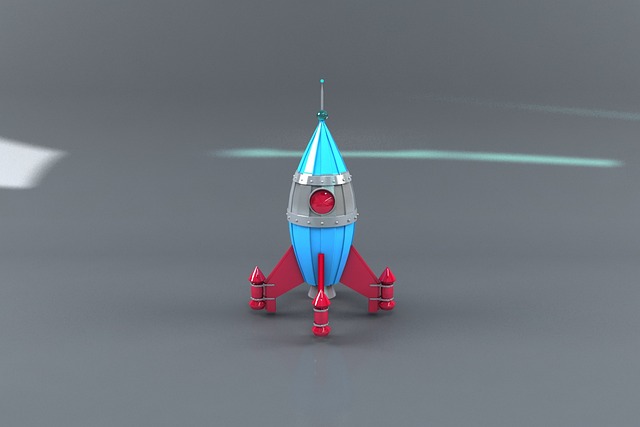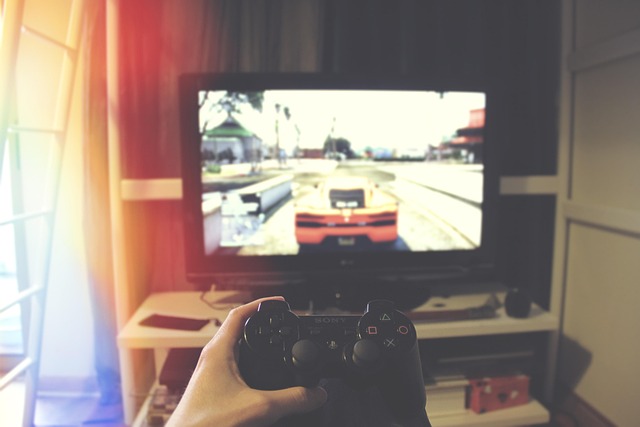Bringing Worlds to Life: How 3D Modeling Shapes Modern Gaming
Remember the jump from pixelated sprites to blocky, early 3D graphics? It felt like magic! Today, that magic is a cornerstone of the gaming industry. 3D modeling isn’t just an art form; it’s a fundamental pillar in the development of the immersive virtual worlds we spend hours exploring.
For anyone passionate about games, whether you’re a casual player or an aspiring developer, you inherently understand the impact of visuals. It’s the incredibly detailed character model, the sprawling, realistic environment, or the intricate design of an in-game item that draws you in. This is where 3D modeling shines, transforming concepts and sketches into tangible, playable assets.
From Concept to Console: The Developer’s Toolkit
Behind every breathtaking vista or fluid character animation is a developer utilizing powerful 3D modeling software. They sculpt, texture, and optimize everything from a single blade of grass to an entire city. This process is iterative and requires a blend of artistic vision and technical skill. Developers rely on precise modeling to ensure objects behave correctly within the game engine, perform efficiently (especially crucial for smooth gameplay!), and contribute to the overall aesthetic.
Think about the games you love. The feeling of presence, of truly being *there*, is largely thanks to the meticulous work of 3D artists. They build the stages for our adventures, craft the avatars we embody, and design the challenges we face, all within a three-dimensional space.
The Edge in eSports: Where Fidelity Meets Performance
In the high-stakes world of eSports, visual clarity and performance are paramount. While skill and strategy are key, the underlying game engine and its assets must be top-notch. High-quality, optimized 3D models contribute significantly to this. Clear character models prevent confusion in chaotic team fights, well-designed environments offer strategic cover points, and efficient models ensure stable frame rates, preventing frustrating lag that could cost a match.
The visual spectacle of eSports tournaments also relies heavily on excellent 3D assets, not just in the game itself but also in broadcast overlays, virtual studios, and promotional materials. 3D modeling is integral to presenting these competitive events with the polish and professionalism viewers expect.
Beyond Aesthetics: The Functional Art
While the art of 3D modeling is undeniable, its role in game development is deeply functional. Models must not only look good but also integrate seamlessly with physics engines, animation systems, collision detection, and more. A poorly modeled asset can cause glitches, performance issues, or break the game’s immersion.
As gaming continues to push boundaries into virtual reality and augmented reality, the demands on 3D modeling only increase. Creating convincing, interactive 3D spaces that feel real requires an even greater level of detail, optimization, and understanding of spatial relationships. It’s a constantly evolving field, driving innovation in how we build and experience digital worlds.




